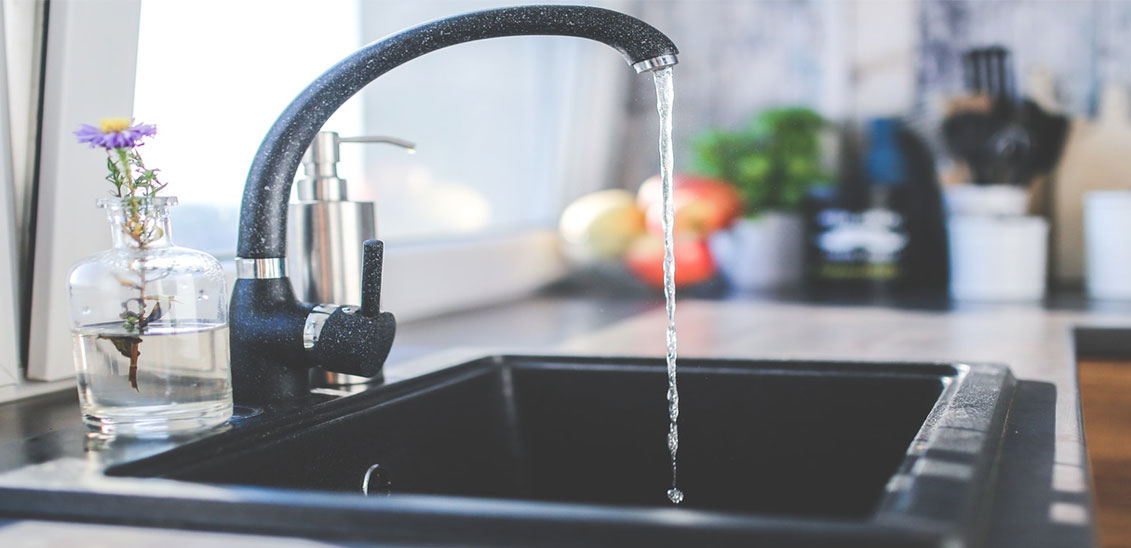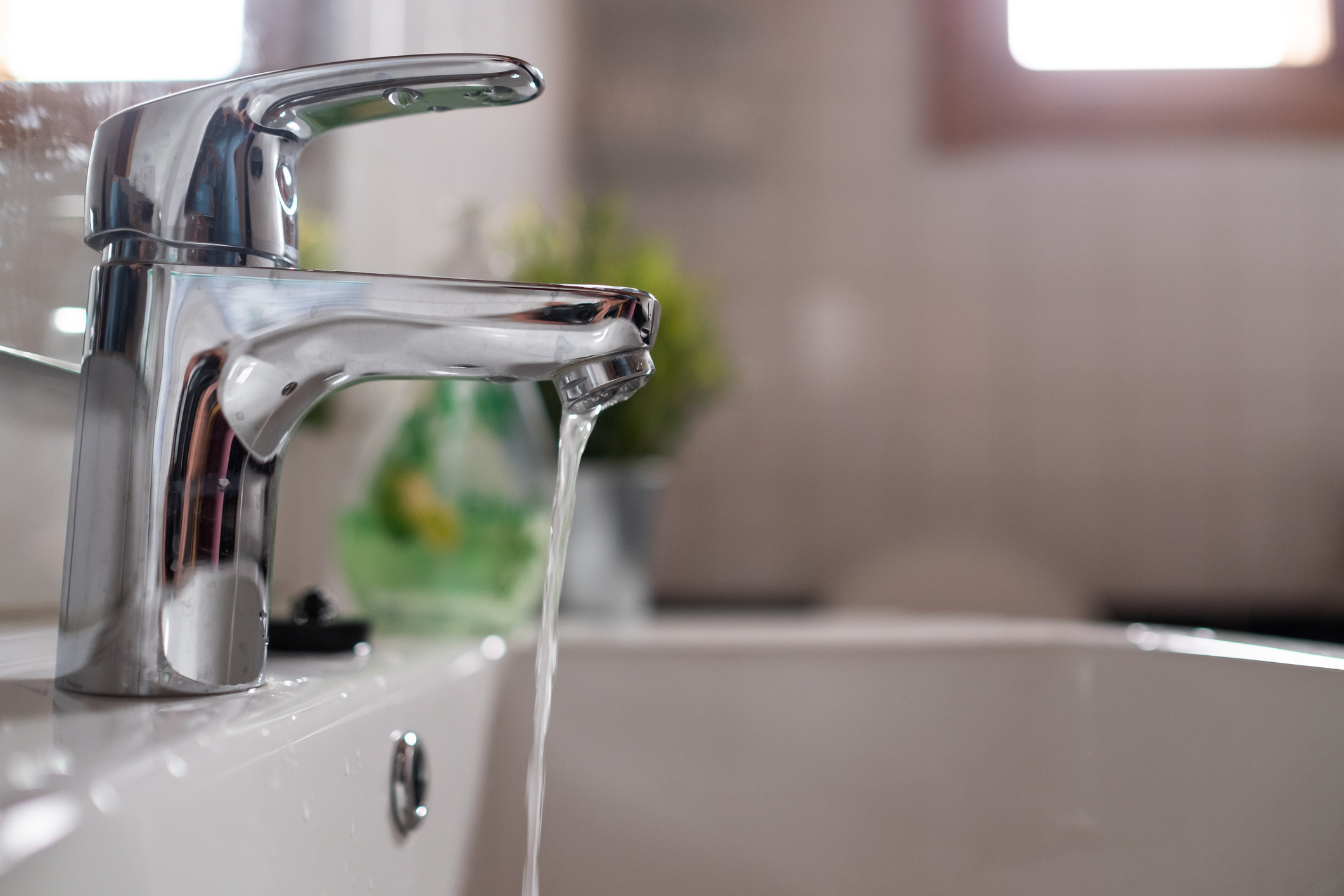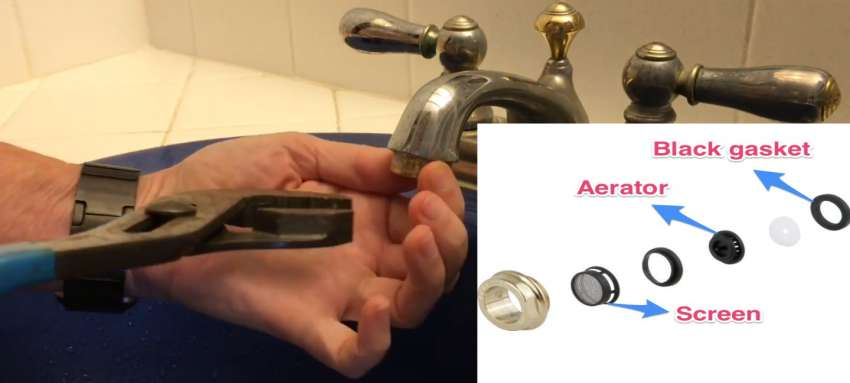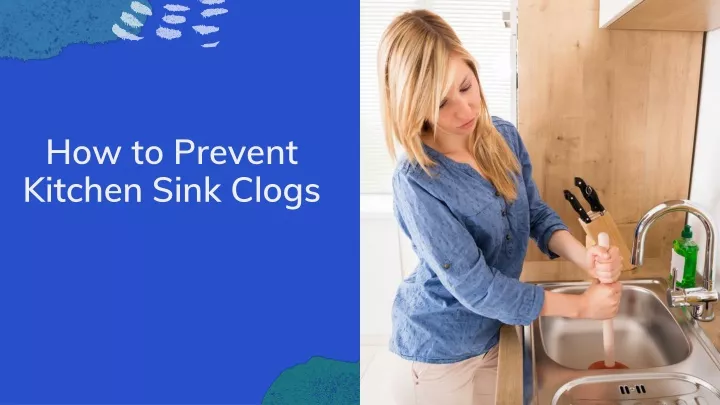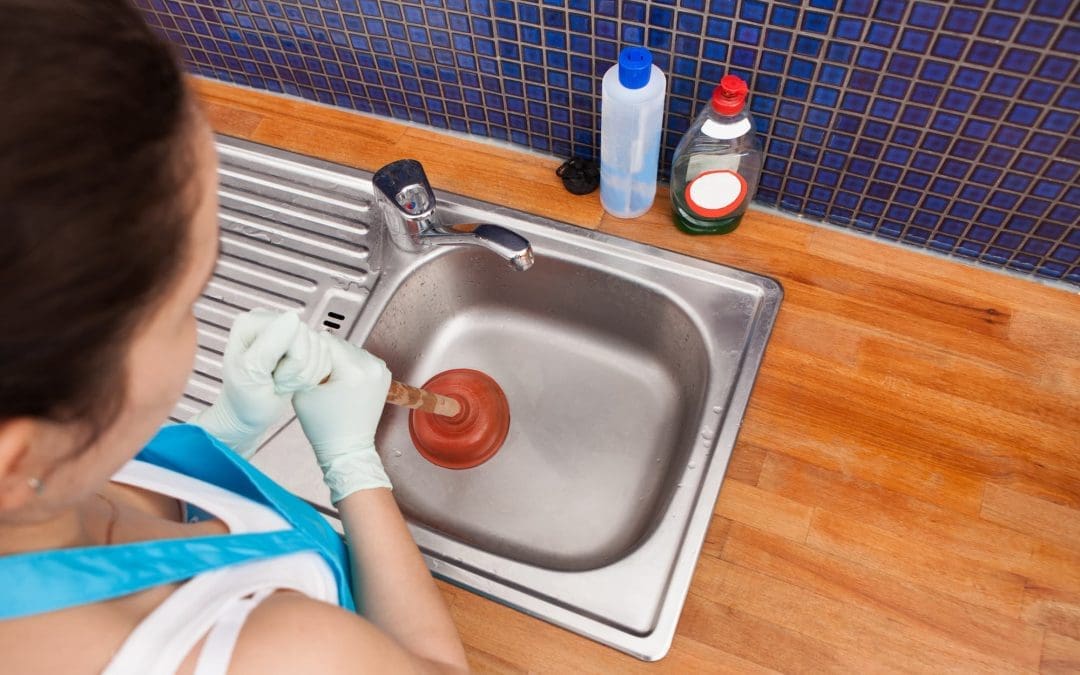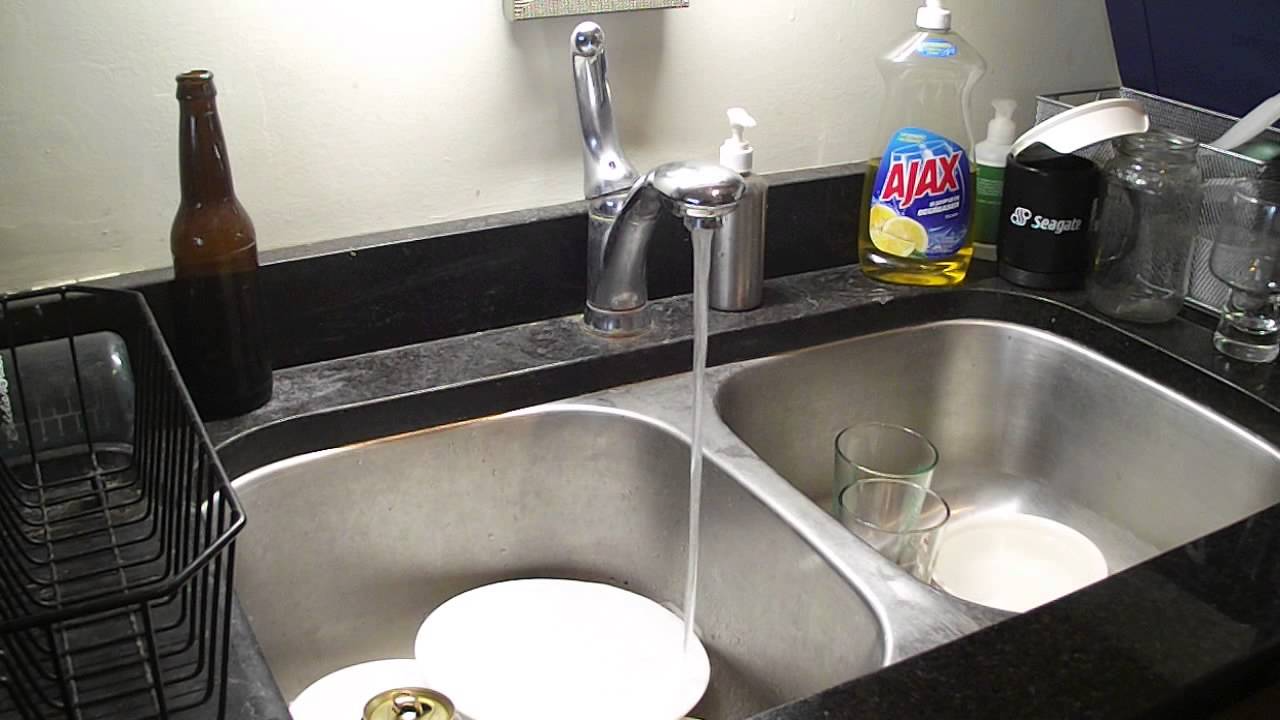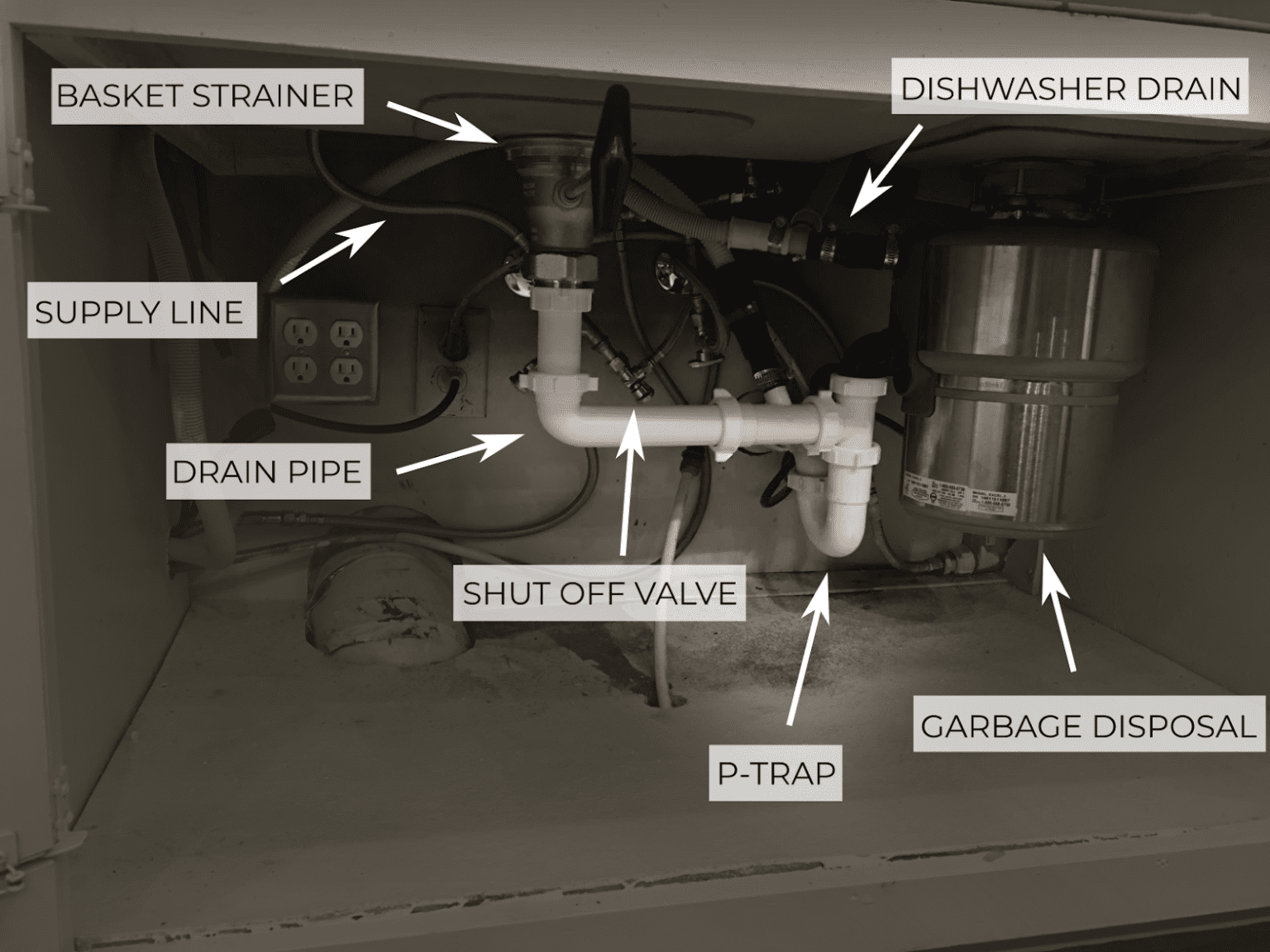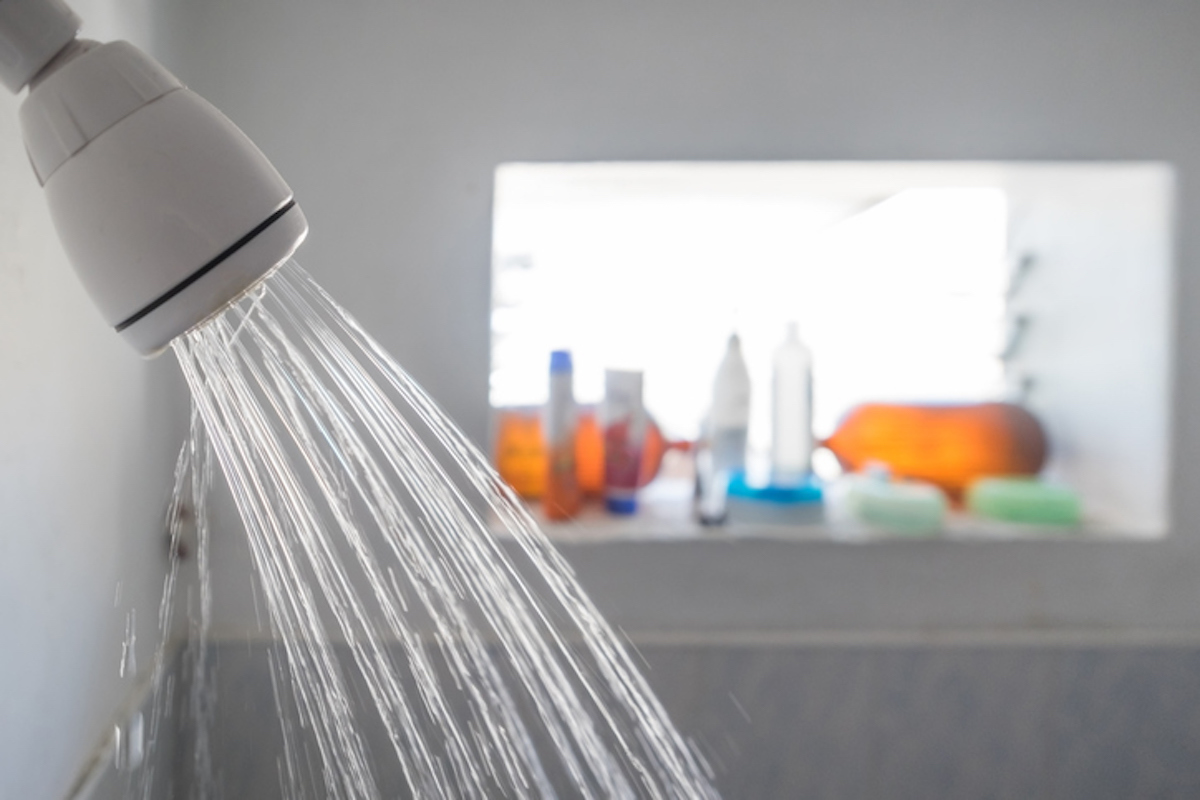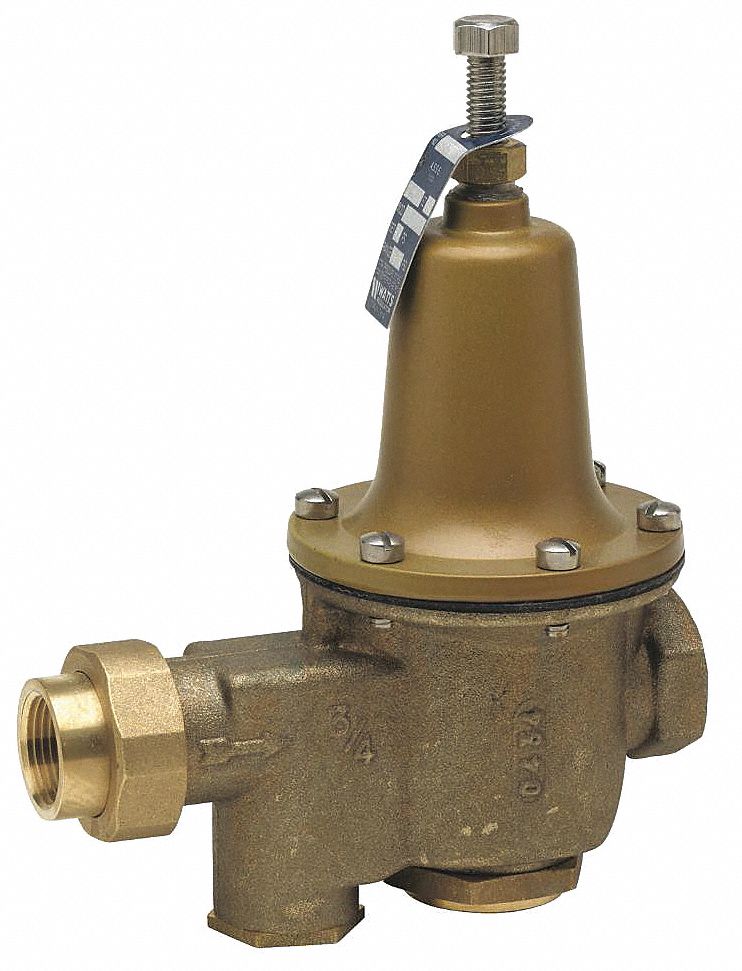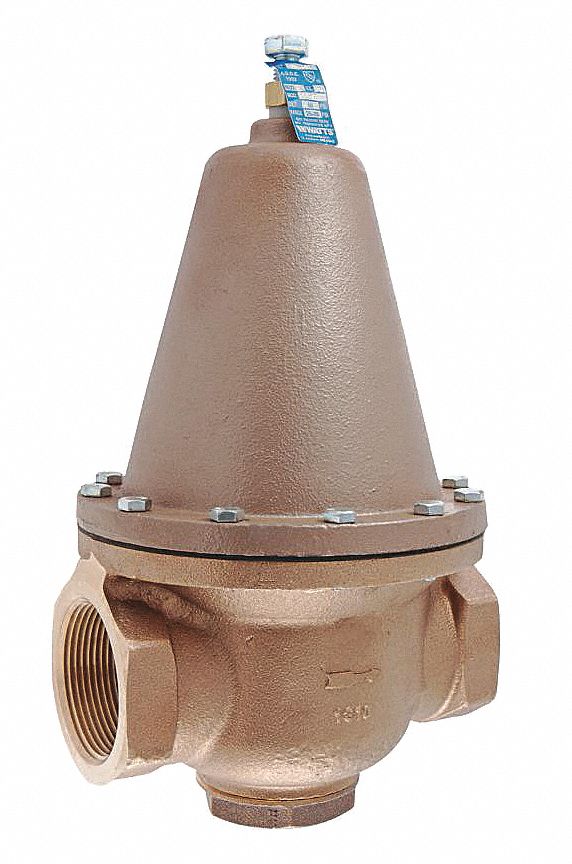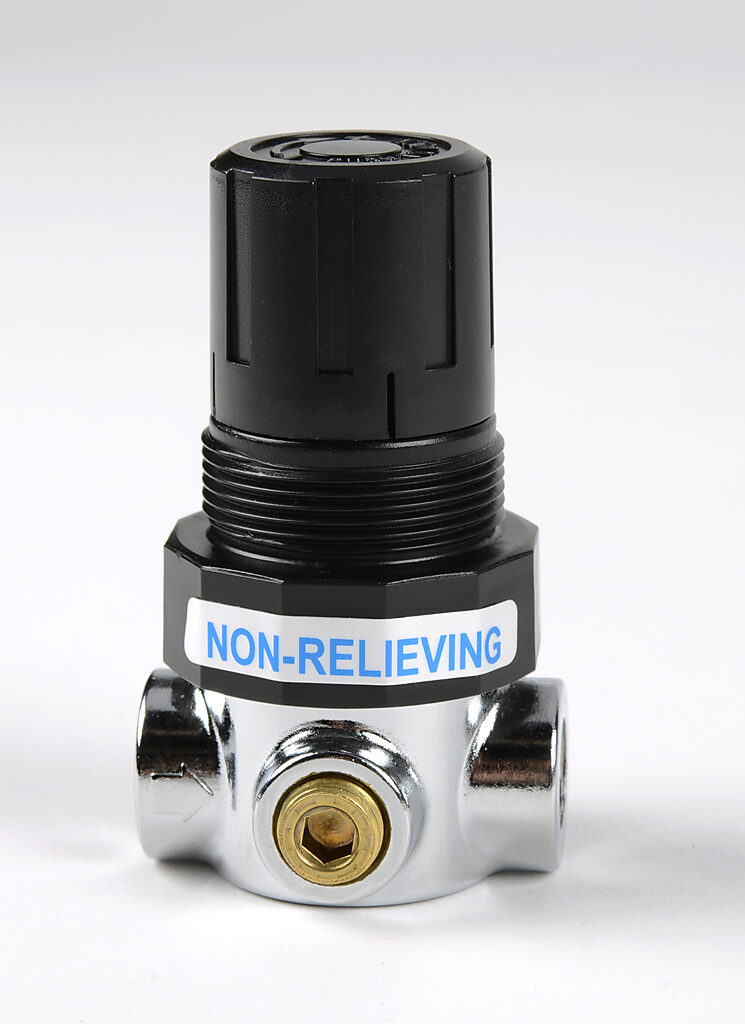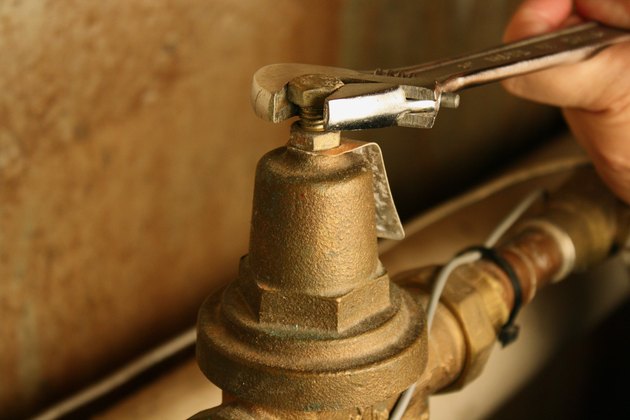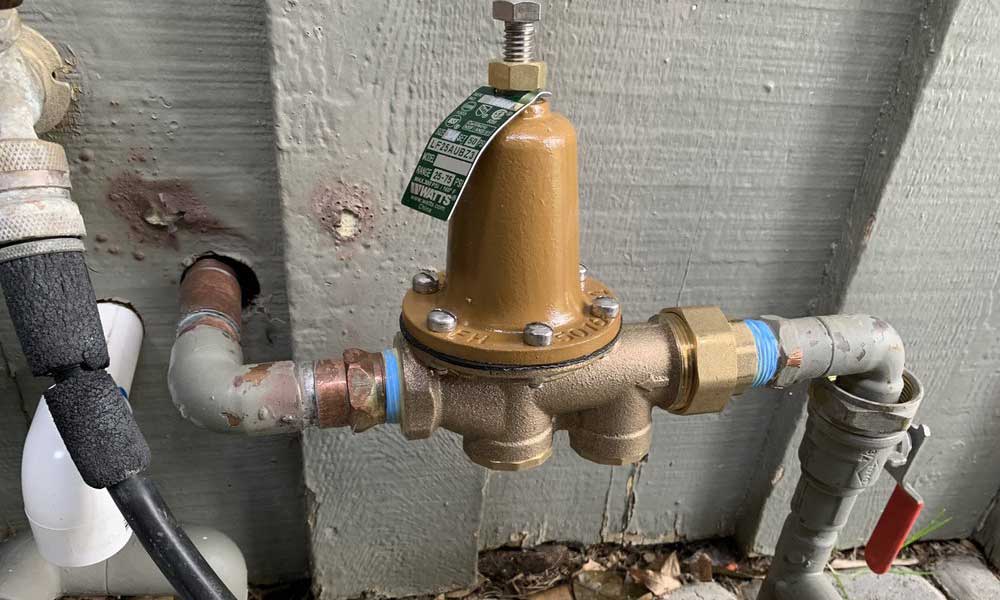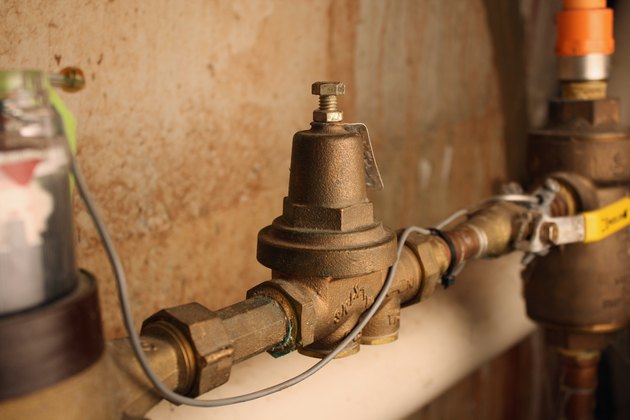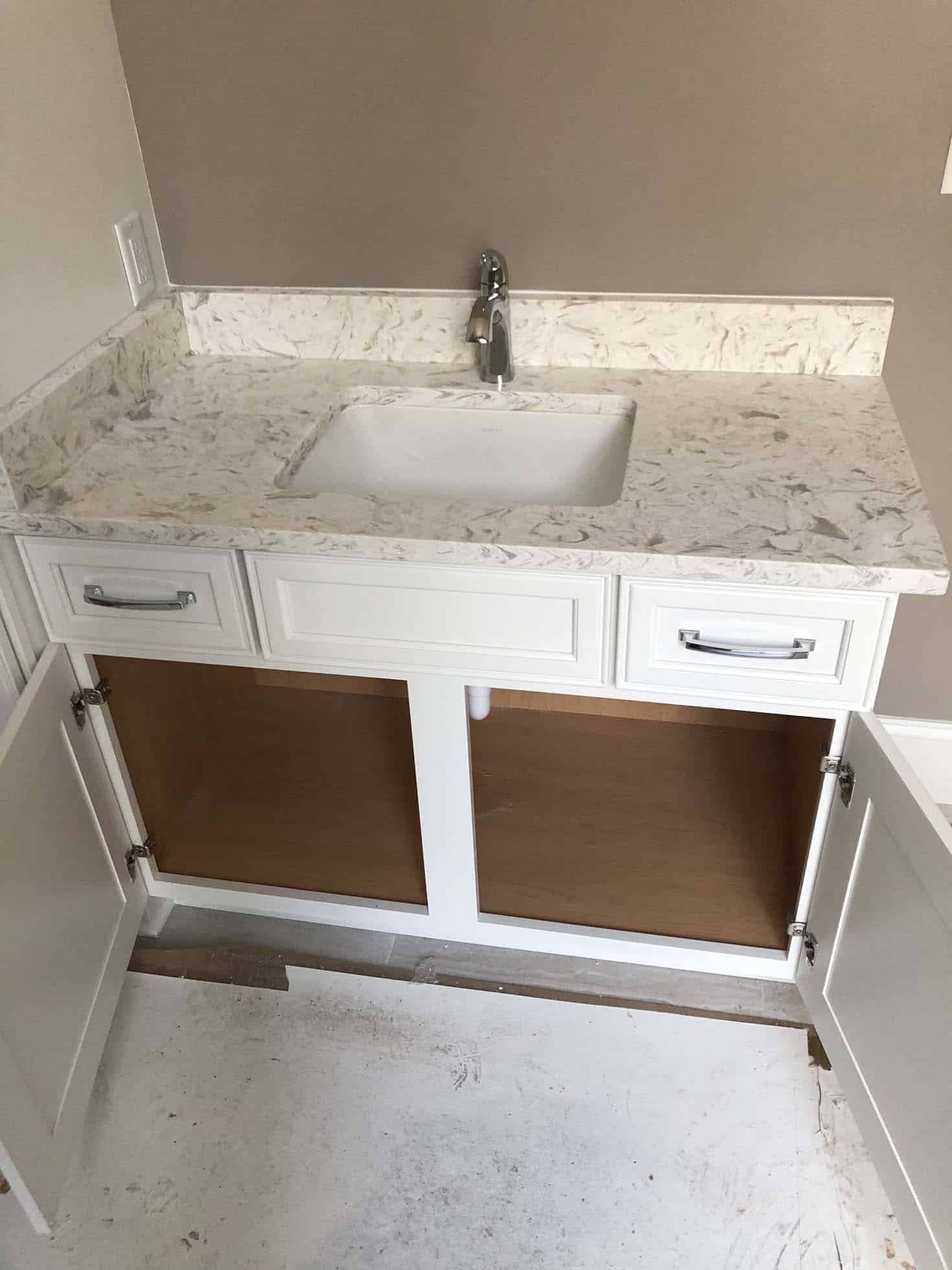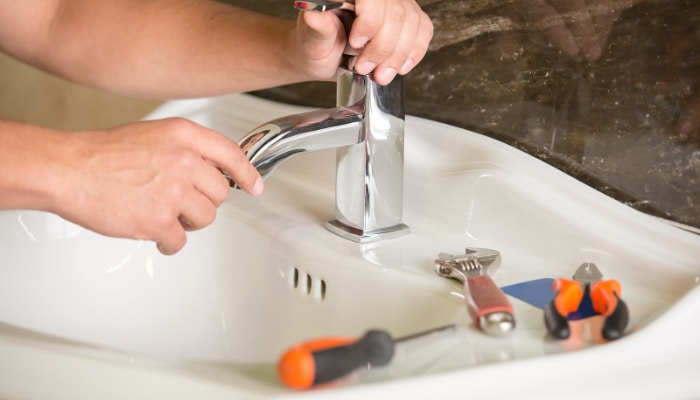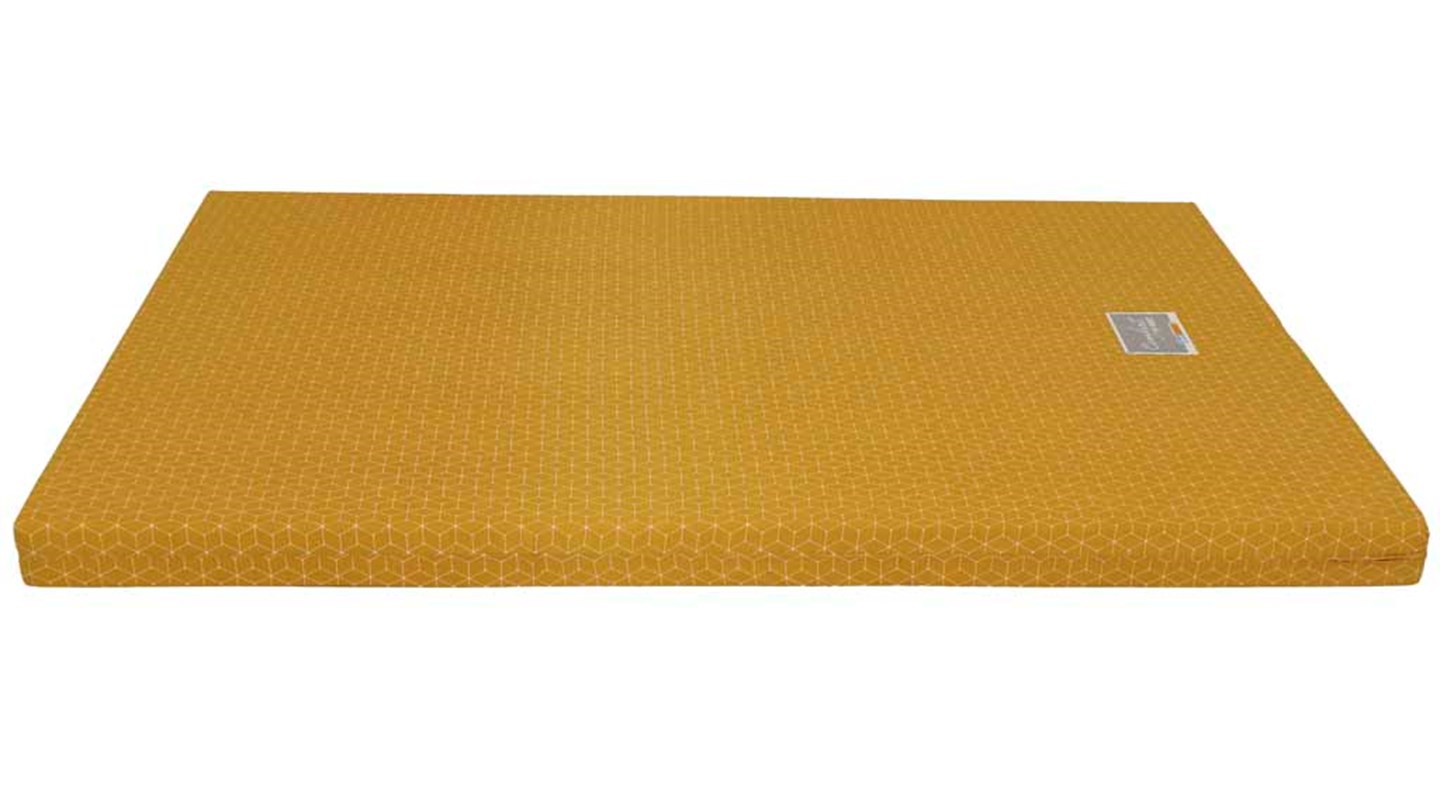If you've noticed a decrease in water pressure when using your kitchen sink, you're not alone. Low water pressure in kitchen sinks is a common issue that can be frustrating and inconvenient. However, it's not something you have to live with. There are several solutions you can try to fix the problem and get your water pressure back to normal.How to Fix Low Water Pressure in Your Kitchen Sink
Before trying to fix low water pressure in your kitchen sink, it's important to understand what could be causing it. One of the most common reasons for low water pressure is a clogged aerator. This small screen at the end of your faucet can become filled with sediment and debris, restricting the flow of water. To fix this, simply unscrew the aerator and clean it out with a brush and vinegar. This should improve your water pressure immediately.How to Increase Water Pressure in Your Kitchen Sink
If cleaning the aerator doesn't solve the problem, there could be other issues at play. Check to see if the water pressure is low in other faucets as well. If it is, there may be a problem with the main water supply or a leak in your plumbing system. In this case, it's best to call a professional plumber to assess and fix the issue.Troubleshooting Low Water Pressure in Your Kitchen Sink
Aside from a clogged aerator, there are other common causes of low water pressure in kitchen sinks. These include old or corroded pipes, a faulty water pressure regulator, or a worn-out faucet. If your home has old plumbing, it may be time to replace the pipes to improve water flow. A water pressure regulator controls the amount of water that flows through your pipes and can sometimes become faulty and need adjustment or replacement. And if your faucet is old and worn out, it's time for an upgrade.Common Causes of Low Water Pressure in Kitchen Sinks
If you're feeling handy, there are a few DIY solutions you can try to improve water pressure in your kitchen sink. First, check for any leaks or clogs in the pipes leading to your sink. If there are no visible issues, you can try adjusting the water pressure regulator yourself. This can be done by turning the adjusting screw on the regulator to increase or decrease the water pressure. Just be careful not to turn it too much and cause damage.DIY Solutions for Low Water Pressure in Kitchen Sinks
If you're not comfortable attempting DIY solutions, it's best to call a professional plumber for help. They have the knowledge and tools to accurately diagnose and fix the issue. A plumber can also check for any hidden leaks or clogs in your plumbing system that may be causing the low water pressure. They can also recommend the best course of action, whether it's repairing or replacing certain components.Professional Tips for Fixing Low Water Pressure in Kitchen Sinks
If you suspect there may be a leak or clog causing low water pressure in your kitchen sink, there are a few things you can do to check. First, turn off the water supply to your sink and disconnect the pipes. Check for any blockages or buildup in the pipes and clean them out if necessary. You can also use a plumber's snake to clear any clogs in the pipes. If there are no visible issues, turn on the water supply and check for leaks. If you find a leak, it's best to call a plumber to fix it.How to Check for Leaks and Clogs in Your Kitchen Sink
As mentioned earlier, old and corroded pipes can be a common cause of low water pressure in kitchen sinks. If this is the case, it's best to replace them with newer, more efficient pipes. This can greatly improve water pressure and also prevent future leaks and clogs. It's best to hire a professional plumber for this task, as it can be a complex and time-consuming process.Replacing Old Pipes to Improve Water Pressure in Kitchen Sinks
If you suspect that the water pressure regulator may be the cause of your low water pressure, you can try adjusting it yourself. This can be done with a screwdriver and some trial and error. Start by turning the adjusting screw clockwise to increase the pressure and counterclockwise to decrease it. It's best to make small adjustments and test the water pressure after each one to avoid causing damage.Adjusting the Water Pressure Regulator for Your Kitchen Sink
If all else fails, it may be time to upgrade your kitchen sink faucet. Older faucets can become worn and corroded, which can greatly affect water pressure. Look for a new faucet with a higher flow rate and make sure it's compatible with your sink before installing it. This can greatly improve your water pressure and also give your kitchen a fresh, updated look. In conclusion, low water pressure in your kitchen sink is a common issue that can be caused by a variety of factors. By understanding the potential causes and trying out the solutions mentioned above, you can fix the problem and enjoy better water pressure in your kitchen sink. If you're unsure or uncomfortable attempting any DIY solutions, don't hesitate to call a professional plumber for assistance.Upgrading Your Kitchen Sink Faucet for Better Water Pressure
Why Low Water Pressure in the Kitchen Sink is a Common Issue in Many Homes

Understanding the Causes of Low Water Pressure
 When it comes to household plumbing, one common issue that many homeowners face is low water pressure in the kitchen sink. This can be incredibly frustrating, especially when trying to wash dishes or fill up pots with water for cooking. But what exactly causes low water pressure in the kitchen sink?
Blocked or clogged pipes
are often the main culprit for low water pressure in the kitchen sink. Over time, pipes can become filled with mineral deposits and other debris, restricting the flow of water. This can happen more frequently in older homes with galvanized pipes.
Corrosion and leaks
in the pipes can also lead to low water pressure. As pipes age and deteriorate, they can develop small holes and cracks that allow water to escape, reducing the overall water pressure in the system.
Another common cause of low water pressure in the kitchen sink is
faulty or outdated fixtures
. Over time, faucets and showerheads can become clogged with mineral deposits, affecting the flow of water. Additionally, older fixtures may not be able to handle the water pressure from modern plumbing systems, resulting in reduced water flow.
When it comes to household plumbing, one common issue that many homeowners face is low water pressure in the kitchen sink. This can be incredibly frustrating, especially when trying to wash dishes or fill up pots with water for cooking. But what exactly causes low water pressure in the kitchen sink?
Blocked or clogged pipes
are often the main culprit for low water pressure in the kitchen sink. Over time, pipes can become filled with mineral deposits and other debris, restricting the flow of water. This can happen more frequently in older homes with galvanized pipes.
Corrosion and leaks
in the pipes can also lead to low water pressure. As pipes age and deteriorate, they can develop small holes and cracks that allow water to escape, reducing the overall water pressure in the system.
Another common cause of low water pressure in the kitchen sink is
faulty or outdated fixtures
. Over time, faucets and showerheads can become clogged with mineral deposits, affecting the flow of water. Additionally, older fixtures may not be able to handle the water pressure from modern plumbing systems, resulting in reduced water flow.
How to Fix Low Water Pressure in the Kitchen Sink
 Fortunately, there are several steps you can take to fix low water pressure in your kitchen sink.
The first step is to
check for any clogs
in the pipes. This can be done by inspecting the pipes under the sink for any visible blockages. If you find a clog, you can try using a plunger or a plumbing snake to remove it.
If clogged pipes are not the issue, then it may be necessary to
replace or repair any damaged pipes
. This should be done by a professional plumber, as it can be a complex and labor-intensive process.
Updating your fixtures
is another effective way to improve water pressure in the kitchen sink. Consider replacing old, corroded fixtures with newer, more efficient ones that can better handle the water pressure in your home.
Fortunately, there are several steps you can take to fix low water pressure in your kitchen sink.
The first step is to
check for any clogs
in the pipes. This can be done by inspecting the pipes under the sink for any visible blockages. If you find a clog, you can try using a plunger or a plumbing snake to remove it.
If clogged pipes are not the issue, then it may be necessary to
replace or repair any damaged pipes
. This should be done by a professional plumber, as it can be a complex and labor-intensive process.
Updating your fixtures
is another effective way to improve water pressure in the kitchen sink. Consider replacing old, corroded fixtures with newer, more efficient ones that can better handle the water pressure in your home.
Preventing Low Water Pressure in the Future
 To avoid experiencing low water pressure in the future, regular maintenance of your plumbing system is key. This includes
regularly cleaning and inspecting pipes
for any clogs or damage, as well as
replacing outdated fixtures
when necessary. Additionally, installing a water softener can help prevent mineral deposits from building up in your pipes.
In conclusion, low water pressure in the kitchen sink is a common issue that can be caused by blocked pipes, corrosion, and outdated fixtures. By understanding the causes and taking preventive measures, you can maintain a steady and efficient water flow in your home. If the problem persists, it is best to seek the help of a professional plumber to properly diagnose and fix the issue.
To avoid experiencing low water pressure in the future, regular maintenance of your plumbing system is key. This includes
regularly cleaning and inspecting pipes
for any clogs or damage, as well as
replacing outdated fixtures
when necessary. Additionally, installing a water softener can help prevent mineral deposits from building up in your pipes.
In conclusion, low water pressure in the kitchen sink is a common issue that can be caused by blocked pipes, corrosion, and outdated fixtures. By understanding the causes and taking preventive measures, you can maintain a steady and efficient water flow in your home. If the problem persists, it is best to seek the help of a professional plumber to properly diagnose and fix the issue.




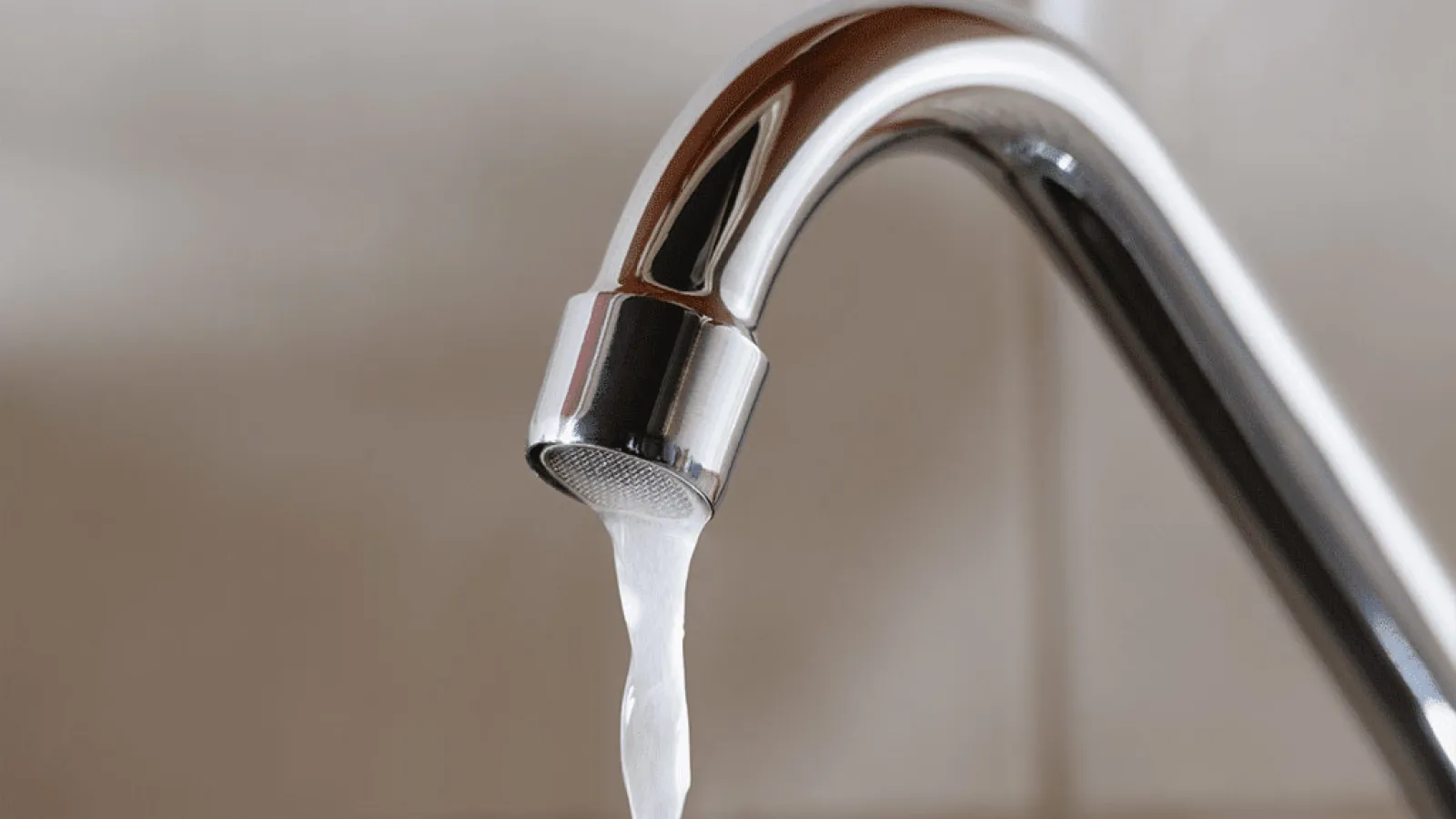





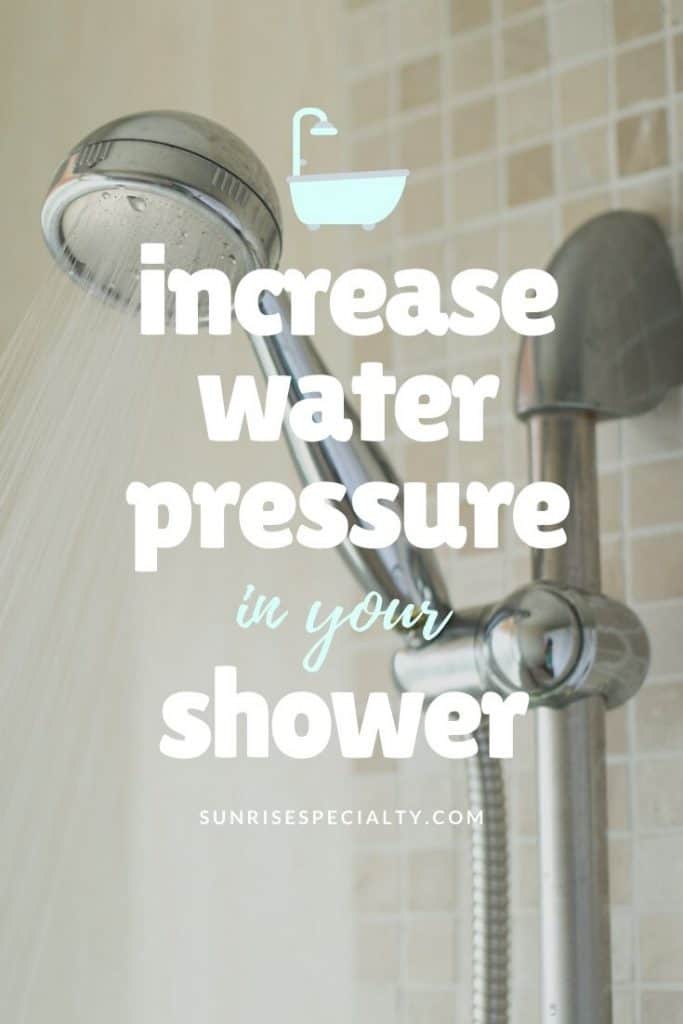



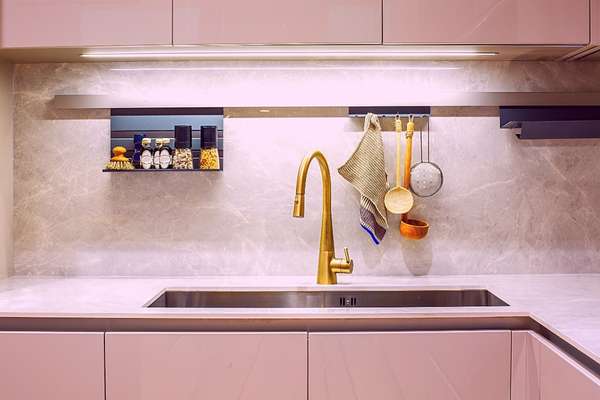



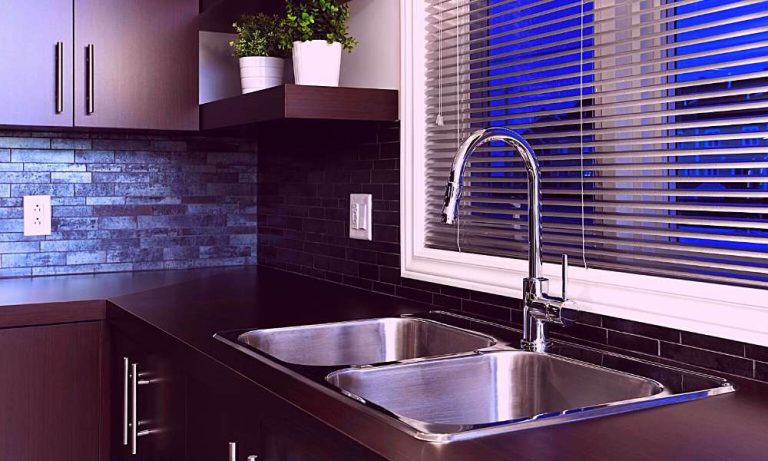





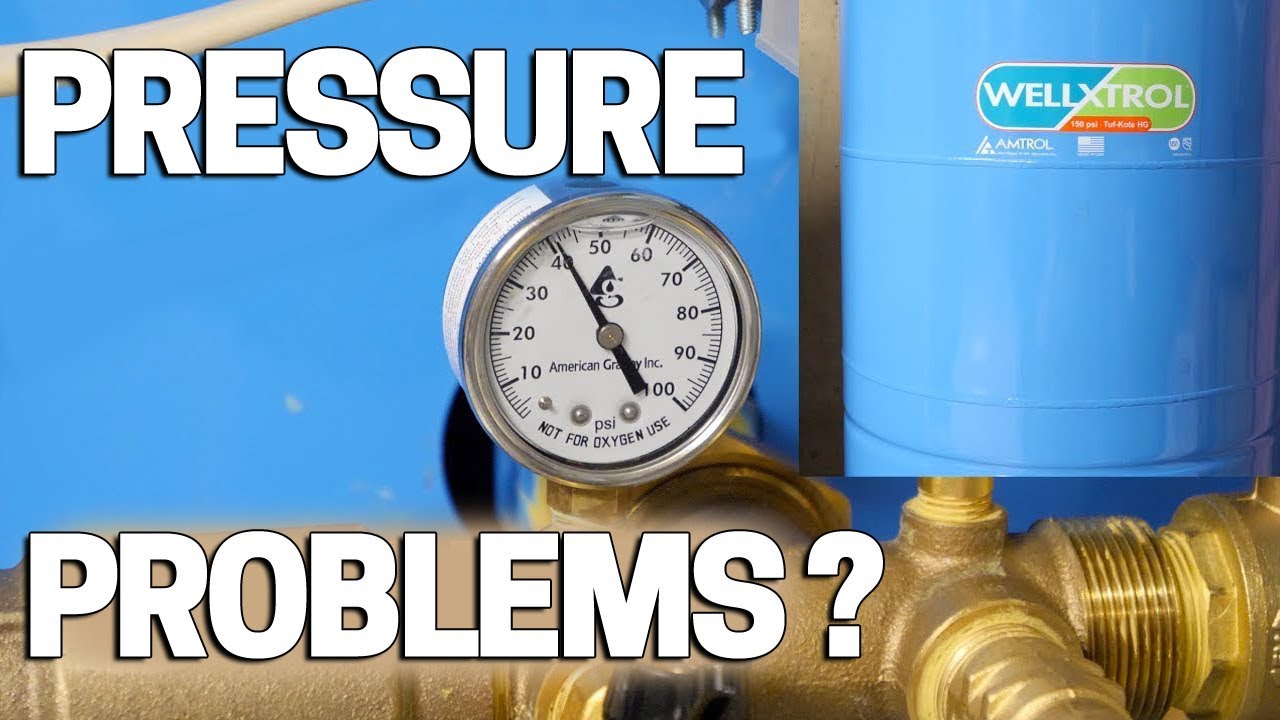
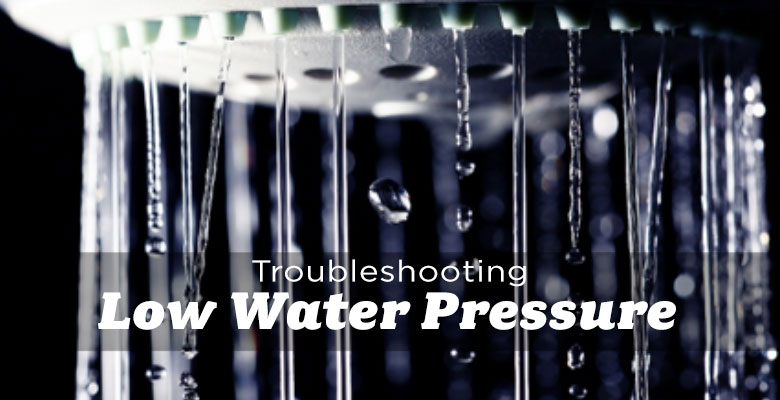


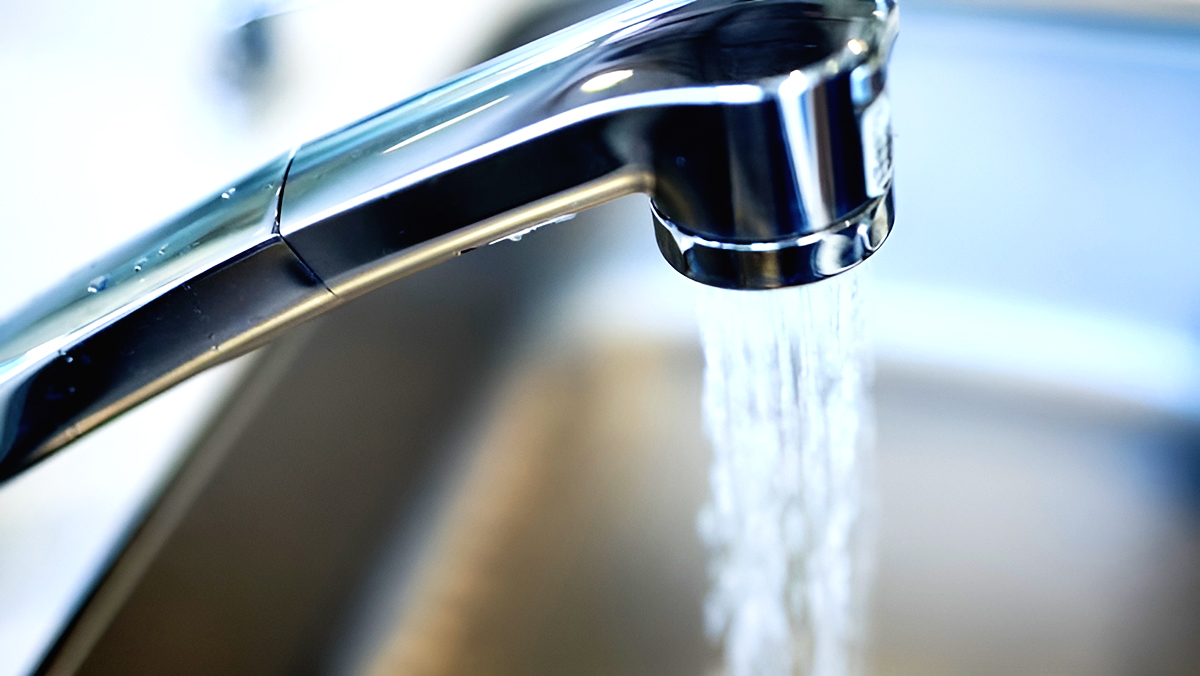







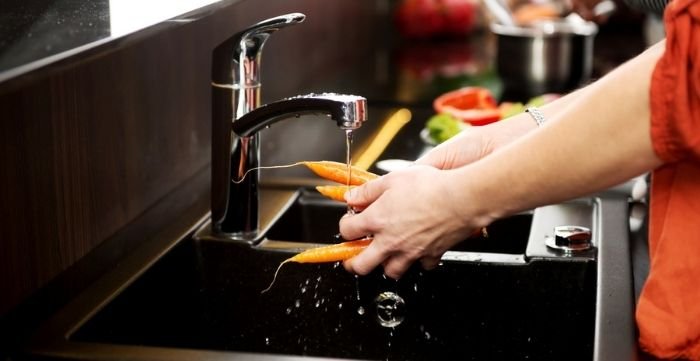


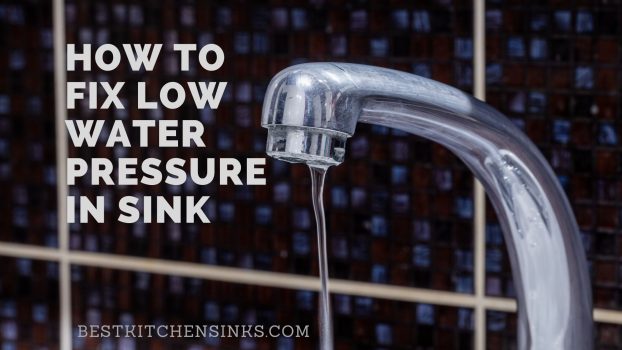
_.jpg)









